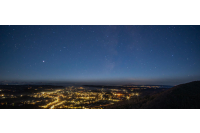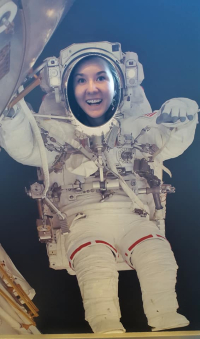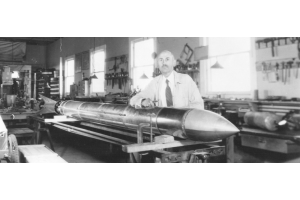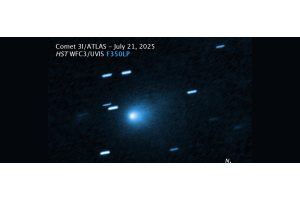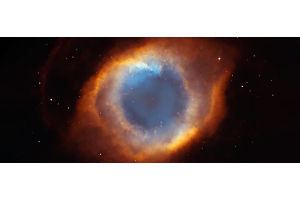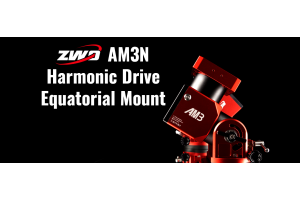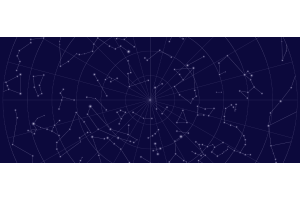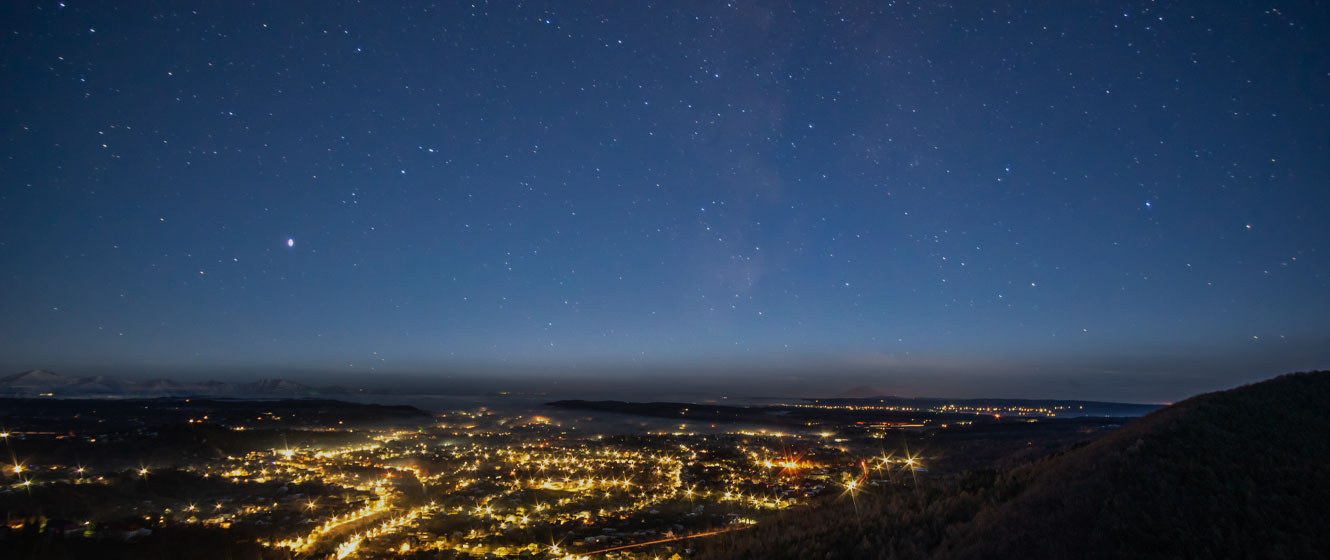
As cities have grown and people have spread out across the globe, we’ve created a bit of a problem that affects amateur astronomers, casual stargazers, and anyone who wants to appreciate the night sky: light pollution. Light pollution can come in two forms, one of which is the glare that comes from harsh lighting near your observation site. The other is more troublesome, and it’s known as skyglow. Here are some solutions for lessening the effects of both so you can fully appreciate the amazing views the night sky has to offer.
Shield Outdoor Lighting
The purpose of outdoor lighting is to make areas near the ground visible at night. All the light generated should be aimed downward, where it will be the most useful. Some of your outdoor lighting may not be properly shielded or set up right and is casting light sideways or up towards the sky. To combat localized skyglow, shield your lighting so that it points down, and turn off any lights you have control over when you’re ready to start observing.
To make an even bigger impact, implement this on a city-wide level. Many cities have old street lights that don’t have full cut-off shields, which are the type that redirect the light downward instead of letting it point to the sky and create skyglow. By petitioning your local government and drawing attention to the issue, you just might be able to get them to install the proper shielding. Other amateur astronomers have been successful in their campaigns, Flagstaff, Arizona being one example. Just imagine the reduction in skyglow we could achieve if astronomers in every city pushed their local governments to act.
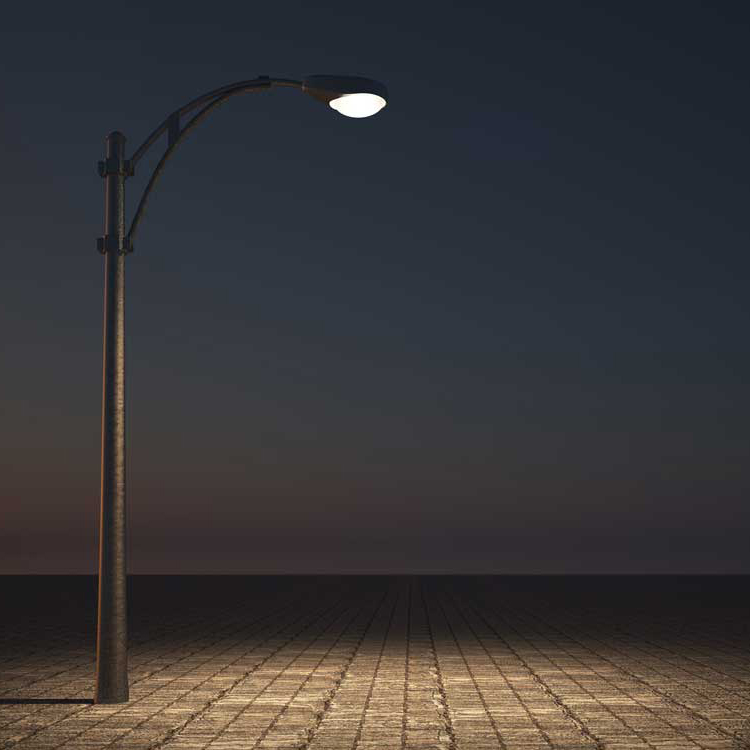
Light Pollution Filters
If you can’t get rid of the light pollution, you can at least filter it out. Light pollution filters for telescopes are readily available, and they work by filtering out the wavelengths of light most commonly emitted by street lamps.
The only issue with these filters is that they don’t have the capability of distinguishing between the wavelengths coming from artificial light, and those emitted by stars. So, some of the objects you try to observe might appear dimmer than they actually are, particularly nebulae.
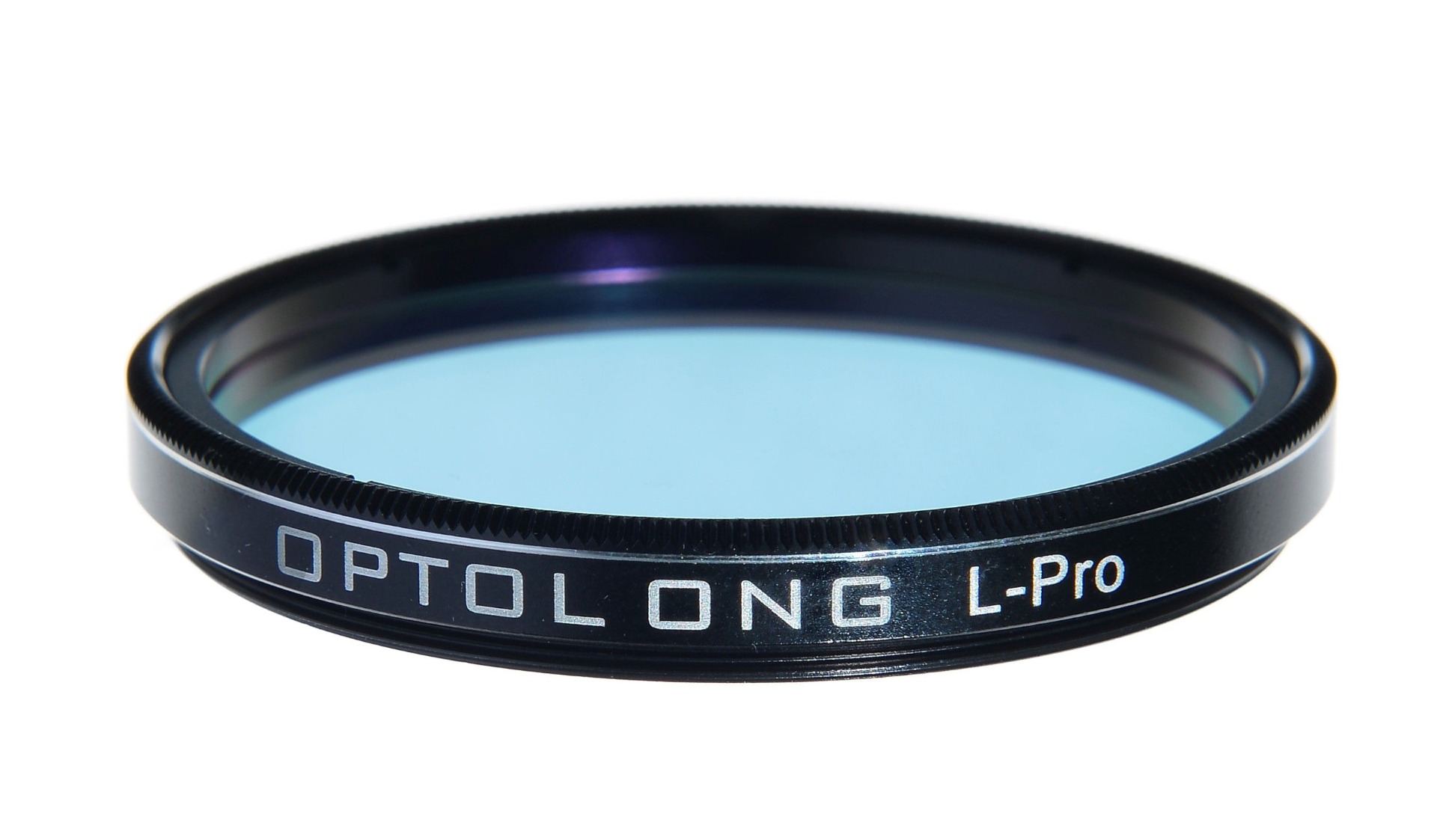
There are three different types of light pollution filters: broadband, narrowband, and line filters. Each one blocks out particular wavelengths. Broadband filters let in a large band of blue-green light but block the mercury and sodium light given off by most street lamps.
Narrowband filters, as you might guess from the name, allow in a much narrower band of light than broadband filters. And while broadband filters allow in light from the red spectrum, narrowband filters do not.
Line filters allow in even less light than narrowband filters; only a few wavelengths given off by very specific ions or elements get through. These filters are best for cities with heavy light pollution that can’t be beat any other way.
Find the Darkest Portion of the Sky
While you’re using your light pollution filter, think about where you’re pointing your telescope. You can either work with the light pollution or against it. Try to pinpoint where in the sky appears darkest and has the least amount of skyglow. Aim your telescope in that direction as much as possible, and you’ll minimize the interference you have to deal with. If you’re in the middle of the city, this is of course easier said than done. This is where light pollution filters come in, since they’re designed to be effective even when you’re surrounded by city lights.

Get up Higher
Skyglow doesn’t go on forever. The light eventually dissipates or bounces back down when it encounters particles in the atmosphere. By getting up higher, you’re reducing the amount of “stuff” in between you and space. You’ll not only cut back on the amount of light pollution you have to deal with, but you’ll also be lessening atmospheric distortion, which can create blurred images and make observation difficult.
But if you’re in the city, where can you go? Your roof might be a good option, provided it’s safe. If you have a balcony or an upper floor with a window that opens to the sky, those are good options too.
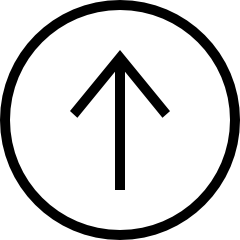
Get a Hint from the Sky’s Color
After you’ve done everything you can to take care of light pollution, whether it’s in your backyard or coming from a city, you can make predictions about how visible the night sky will be by looking at the color of the sky during the day. In general, the bluer the sky is, the darker it will be at night. This is because what you’re seeing is a result of particles in the atmosphere scattering light from the sun. These particles can scatter artificial light as well, aiding you in your quest for a darker sky.
Light pollution is not a necessary evil. Dark sky societies are pushing for change, and the first step is taking care of easy fixes like full cut-off shields. As an amateur astronomer, you have not only the right but the responsibility to make sure generations of future astronomers have access to clear skies and the amazing sights that humans have had the privilege of witnessing for decades.

Learn More
Interested in learning more about observing the night sky? Not sure where to begin? Check out our Astronomy Hub to learn more!
This Article was Last Updated on 07/24/2023




